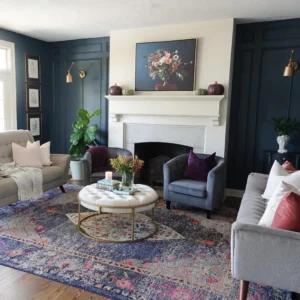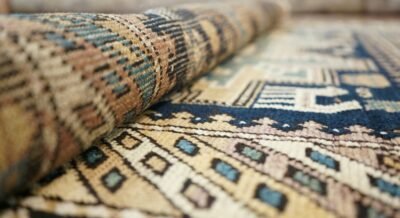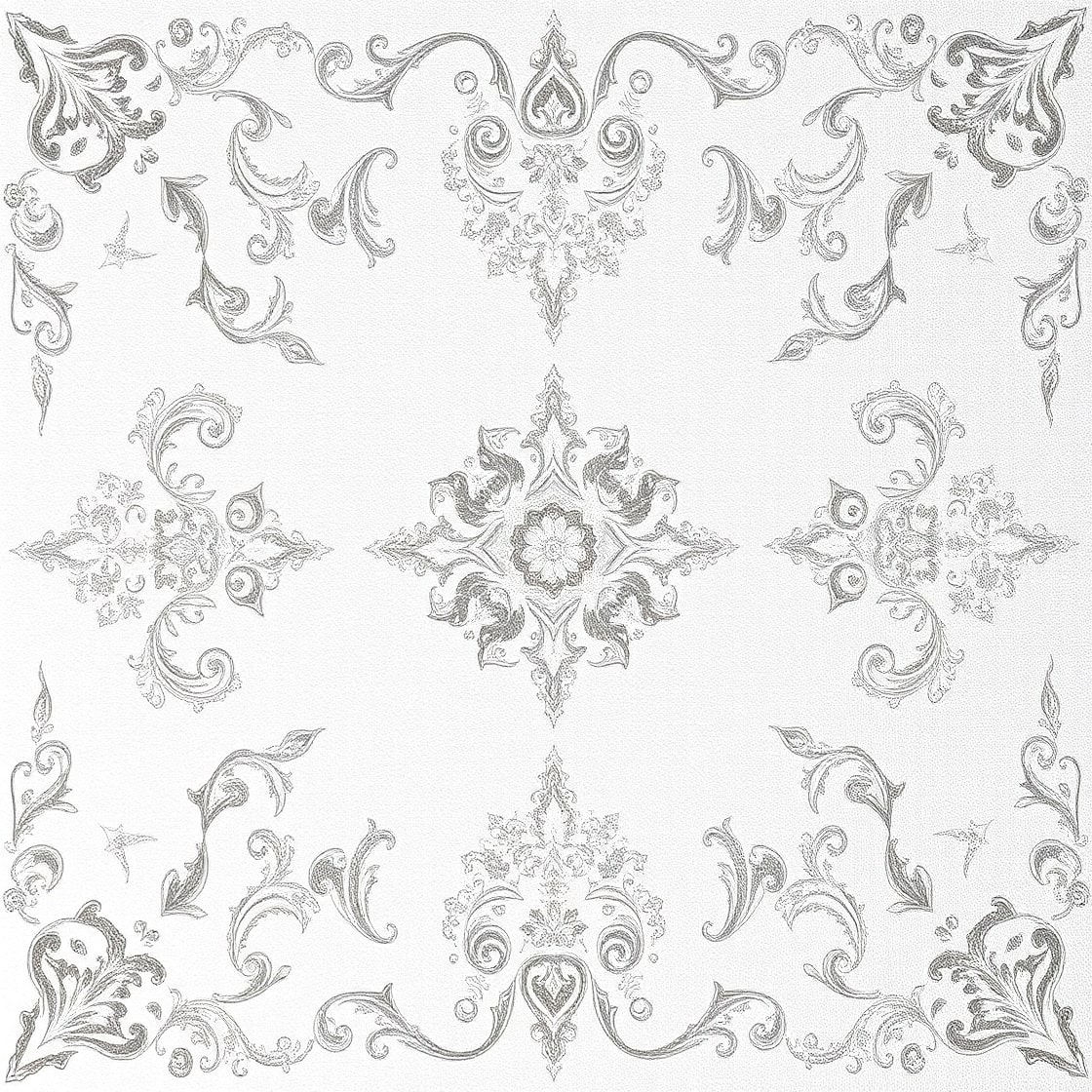The Symbolism in Persian Rug Motifs
Persian rugs are admired not only for their beauty but also for the deep symbolism woven into every design. Each motif carries cultural, spiritual, and historical meaning—turning rugs into storytelling masterpieces. At Shabahang Rugs, we believe understanding these motifs helps you connect with your rug on a deeper level.

Why Motifs Matter in Persian Rugs
For centuries, Persian weavers have used patterns as a form of expression. Designs were never chosen randomly—they symbolized faith, protection, nature, or prosperity. These motifs reflect the weaver’s personal experiences, beliefs, and connection to the world around them.
Common Persian Rug Motifs and Their Meanings
- Boteh (Paisley) – One of the most recognized motifs, the boteh represents eternity, rebirth, and the flame of life. It later inspired the famous paisley design.
- Medallion – Often seen in the center of rugs, the medallion symbolizes the sun, balance, and unity, giving structure to the design.
- Garden Patterns – Inspired by the Persian “paradise garden,” these motifs symbolize eternal life, peace, and harmony with nature.
- Animals – Lions represent strength and courage, birds symbolize happiness and love, while fish often reflect abundance and prosperity.
- Geometric Shapes – Triangles, diamonds, and octagons symbolize protection, strength, and continuity, often influenced by tribal weavers.

Regional Differences in Motifs
Every rug-weaving region has its own motif style:
- Isfahan rugs feature symmetrical floral designs with elegant balance.
- Heriz rugs highlight bold geometric shapes.
- Tabriz rugs often include storytelling elements like hunting scenes or elaborate medallions.
- Qom rugs use delicate silk to weave highly detailed religious and symbolic motifs.
The Deeper Connection
Persian rug motifs are more than decoration—they are expressions of identity and heritage. For artisans, each knot is a way to communicate values and traditions. For rug owners, recognizing these symbols adds cultural depth and meaning to the piece.
Bringing Symbolism into Your Home
When you choose a Persian rug, you’re not only adding color and texture to your space—you’re bringing centuries of symbolism and artistry into your home. At Shabahang Rugs, we offer authentic rugs that carry these timeless stories, connecting your living space to a rich cultural past.
Final Thoughts
The symbolism in Persian rug motifs transforms every rug into more than just a floor covering. It’s a language of art—speaking of love, strength, harmony, and eternity. Owning such a rug means carrying forward a piece of history and culture that will last for generations.
Related Posts
Top Interior Design Trends with Persian Rugs in 2025
-
Posted by
 Ans Iqbal
Ans Iqbal - 0 comments
Persian vs Oriental Rugs: Key Differences You Should Know
-
Posted by
 Ans Iqbal
Ans Iqbal - 0 comments
How to Choose the Perfect Persian Rug for Your Living Room
-
Posted by
 Ans Iqbal
Ans Iqbal - 0 comments
Why Wool Rugs Are a Timeless Choice for Every Home
-
Posted by
 Ans Iqbal
Ans Iqbal - 0 comments
The Art of Persian Rugs: Why Every Home Needs One
-
Posted by
 Ans Iqbal
Ans Iqbal - 0 comments
Creative Rug Placement Ideas for Small Spaces
-
Posted by
 Ans Iqbal
Ans Iqbal - 0 comments
Caring for Rugs in Humid vs Dry Climates
-
Posted by
 Ans Iqbal
Ans Iqbal - 0 comments
Rug Lifespan: When to Restore, When to Replace?
-
Posted by
 Ans Iqbal
Ans Iqbal - 0 comments
How to Choose Rug Fibers: Wool, Silk, and Sustainable Options
-
Posted by
 Ans Iqbal
Ans Iqbal - 0 comments
Rug Investment Guide: Which Types Appreciate Over Time?
-
Posted by
 Ans Iqbal
Ans Iqbal - 0 comments
Rug Pairing with Flooring Types
-
Posted by
 Ans Iqbal
Ans Iqbal - 0 comments
Rug Weaving Villages: Stories of Persian Rug Artisans
-
Posted by
 Ans Iqbal
Ans Iqbal - 0 comments
